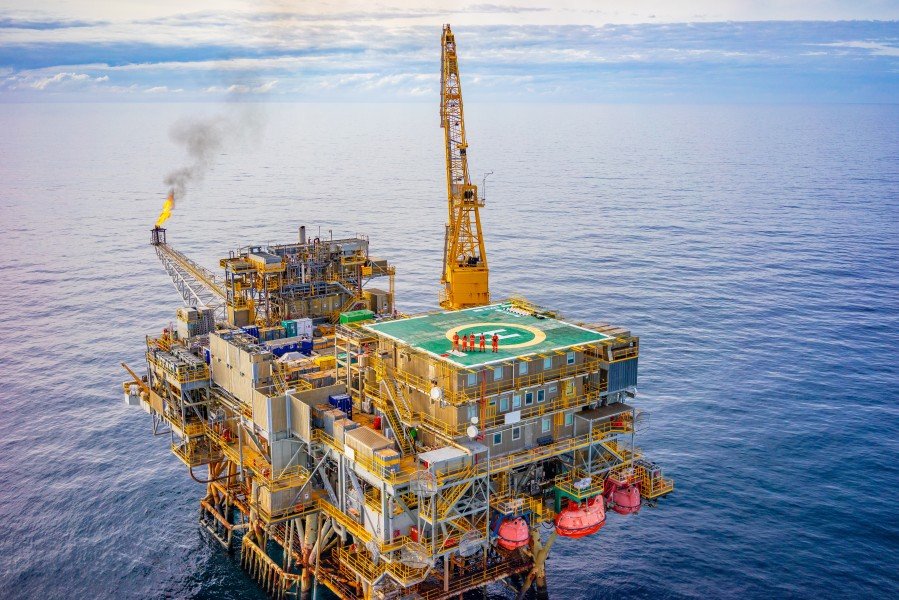Airscope and ExxonMobil Australia Provides Insights to Effectively Decommission Offshore Facilities
Meeting environmental and regulatory expectations for offshore facilities
The process of decommissioning offshore facilities presents complex challenges. ExxonMobil Australia is the largest operator of oil and gas fields in the Bass Strait and is committed to decommissioning offshore facilities at the right time, and in the right way.
ExxonMobil has safely and effectively decommissioned offshore facilities all around the world, and the company is using this global experience in Australia as it plans for the decommissioning of its platforms in Bass Strait.
The company is using learnings from experiences in other locations to ensure local decommissioning activities will meet regulatory, community and government expectations.
Increasing preparedness for the removal of structures
The planning and preparation for decommissioning offshore facilities can take up to 10 years prior to actual execution.
Infrastructure that has been in place for decades often becomes a sanctuary for marine wildlife, therefore simple removal could significantly impact marine habitats.
Any decommissioning activities need careful planning to consider the specific marine ecosystem, size and weight of the facilities and the inherent risks of removing such facilities.
Be clear, be confident and don’t overthink it. The beauty of your story is that it’s going to continue to evolve and your site can evolve with it. Your goal should be to make it feel right for right now. Later will take care of itself. It always does.
Airscope and ExxonMobil Australia are improving efficiency through asset digitisation
As part of its planning, ExxonMobil Australia engaged Airscope to undertake a combination of detailed aerial and terrestrial photogrammetry, LiDAR and GPS capture to provide a dimensionally accurate virtual model of its non-producing facilities in Bass Strait.
This digital capture enables Airscope to create 3D Engineering Models to support the decommissioning program. In addition, major static fixed equipment can be ‘asset tagged’ for removal.
Airscope’s 3-step methodology: Capture, Process, and Publish enabled ExxonMobil Australia to make informed decisions regarding the facilities, in line with the appropriate national and international regulations and guidelines.
“As part of our ongoing maintenance program, we regularly undertake detailed assessments of our facilities,” said Simon Kemp, Decommissioning Asset Manager at ExxonMobil Australia.
“This year, we engaged Airscope to deliver functional 3D models of our facilities in Bass Strait. These models are being used to develop and plan work programs for platform maintenance, well plug-and-abandon activities, and long-term decommissioning. ”
“The beauty of having these models is that we are able to visualise the platforms in 3D on our computers at any time in any place. We can even share the information with our key contractors, which saves time and effort”, he added.
Richard Bentley, CEO of Airscope stated, “We are thrilled with our partnership with ExxonMobil, we have now captured all their Bass Strait platforms in both production and decommissioning phases and are proud to deliver ExxonMobil enormous operational advantage by accessing these remote assets, at anytime from anywhere”.
Airscope is delivering a scalable solution for thousands of global users
Dynamic Surveyors Report: Established and validated reporting on the survey control network
Colourised laser scans (HDD) enabling import to engineering design software for conversion to a design model
Unified point cloud of the entire site
All accessible live via Airscope Visualize Digital Twin with operational functionality; Digital Twin Mesh, Registered Point Cloud Layer, Panosphere Images (360 degree photos) and high resolution photography

